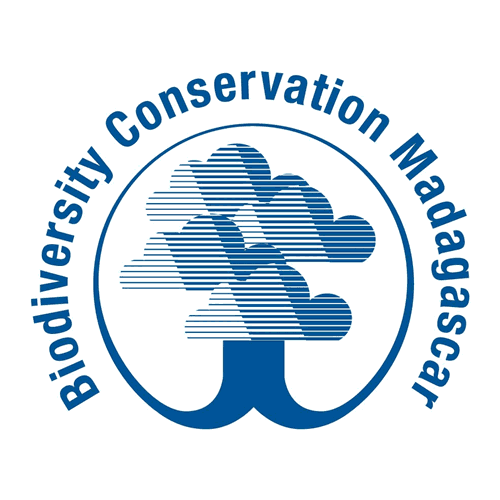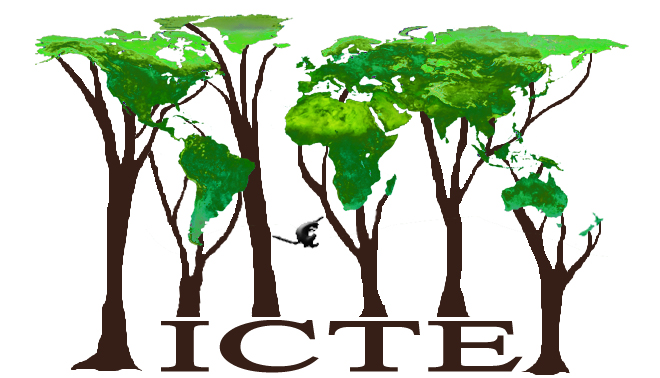Brown mouse lemur
All Aye-ayes, All Bamboo lemurs, All Brown lemurs, All Dwarf lemurs, All Fork-marked lemurs, All Indri, All Mouse lemurs, All Sifakas, All Sportive lemurs, All Woolly lemurs, Area of Madagascar, Brown mouse lemur, Community Support, Conservation Work, Decken's sifaka, East Madagascar, Eastern lesser bamboo lemur, Eastern woolly lemur, Ecotourism, Employment, Fat-tailed dwarf lemur, Financial Support, Giant mouse lemur, Government Policy, Greater dwarf lemur, Lemur Species, NGO registered in Madagascar, NGO/Nonprofit Status Verified, Organization, Parks and Reserves, Protected Area Management, Red-bellied lemur, Red-fronted lemur, Sahafina, Sustainable Agriculture, Type of Organization, Water Supply, West Madagascar
Biodiversity Conservation Madagascar
Biodiversity Conservation Madagascar Read Post »
All Bamboo lemurs, All Mouse lemurs, All Ruffed lemurs, All Sifakas, Area of Madagascar, Black-and-white ruffed lemur, Brown mouse lemur, Capacity Building, Community Support, Conservation Work, East Madagascar, Ecotourism, Education, Employment, Government Policy, Greater bamboo lemur, Healthcare, Lemur Species, Milne-Edwards' sifaka, NGO registered in Madagascar, NGO/Nonprofit Status Verified, Nonprofit registered in the USA, Online donation, Organization, Parks and Reserves, Protected Area Management, Ranomafana, Reforestation, Scientific Research, Southeast Madagascar, Sustainable Agriculture, Type of donations accepted, Type of Organization
Centre ValBio & the Institute for the Conservation of Tropical Environments
Centre ValBio & the Institute for the Conservation of Tropical Environments Read Post »
All Dwarf lemurs, All Mouse lemurs, All Sifakas, Area of Madagascar, Brown mouse lemur, Capacity Building, Central Madagascar, Community Support, Conservation Work, Diademed sifaka, Education, Healthcare, Lemur Species, NGO registered in Madagascar, NGO/Nonprofit Status Verified, Online donation, Organization, Protected Area Management, Scientific Research, Type of Organization





